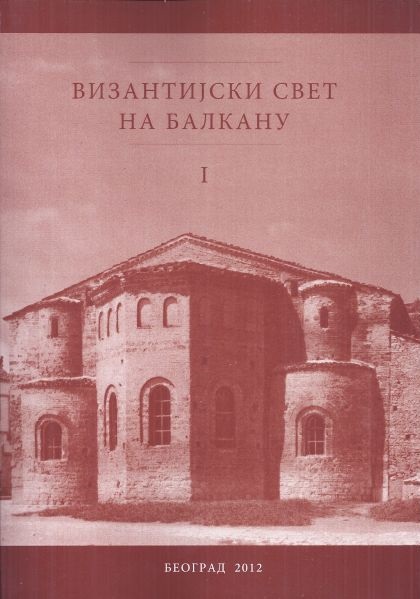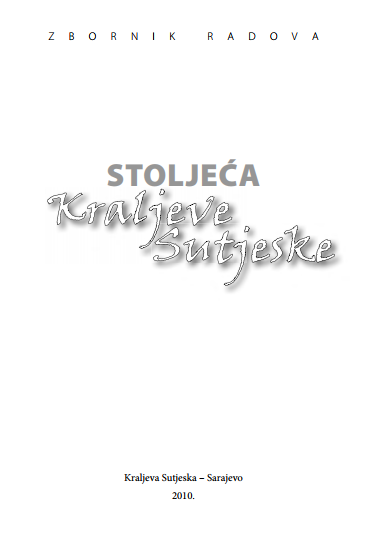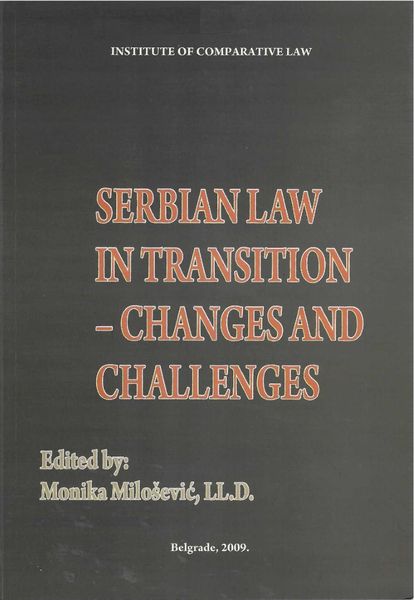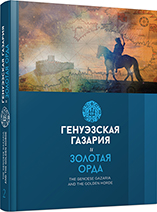Author(s): Smiljka Gabelić / Language(s): Serbian
Publication Year: 0
Having come under the scientific spotlight almost half a century ago, the Church of St.Nicholas at the village of Čelopek, westward of Skopje, has remained unpublished up to the present day, with just scanty research so far undertaken (notes 2–4). There are no historical data preserved on the said church that was repaired in the 19th century. The original fresco-paintings of this small, single-nave church include fragments preserved in the pendentives (part of the figures of four evangelists), the apse (Old-Church Slavonic scrolls as fragments of the scene of the Officiating Prelates) and in the second register of the side walls, the reduced programme of major iconographic wholes, the Great Feasts and the Passion Cycle: on the south wall are the Nativity of Christ, the Presentation in the Temple, the Baptism, and the Resurrection of Lazarus and on the north wall — the scene of Christ before Pilate, the Way to Calvary, the Crucifixion of Christ and the Resurrection (fig. 1–6).
A couple of scenes are of singular iconography. An interesting conception of the Nativity of Christ — iconographically created by the modification of its model — expresses a powerful parallelism between the birth and the death of Christ (notes 6–27). The fresco abounds with allusions of predominantly poetic inspiration, aiming through the scenes of Christ’s coming, to present in a seemingly paradoxical way, a simultaneous emphasis on His (role and) death (the manger as a stone sarcophagus, the Magi offering myrrh, a shepherd playing the flute alluding to a heavenly hymn, the Angels' adoration, the posture of Joseph reveals rather grief than anxiety, and Christ, in the arms of the chief midwife, wrapped up in a burial shroud, with a dark-colored aureole, who looks like the personification of the soul of a deceased person, not a new-born). The fresco is rather uncommon for its time, since the midwife (the apocryphal Salome) faces Christ in the cave whereby she is deprived of her regular iconographic role (pouring water into the basin). Christ before Pilate (fig. 4, note 32–42) stands out from the other examples for its depiction of the tent in which Pilate sits; the judge’s desk is omitted and the servant, bringing the dish and holding the jug — a boy commonly depicted as a young bareheaded man — wears a pinkish-white cap that is sometimes given to Pilate himself.
Two events are combined within the composition the Way to Calvary — an advancing procession with Christ and Simon, carrying the cross, and the one presenting Jesus with the vinegar -the episode that does not belong to a standard iconography of the scene the Way to Calvary (fig. 4, n.43–50). The strange figure, standing before Christ and presenting the vinegar, is of an excessive height and ugly appearance, with a head resembling a bearded angel, probably intended to mark a negative person within the scene i.e. the person being mocked.
The Crucifixion of Christ is characterised by the agitated posture of the clustered figures gathering around the Virgin, who has a completely languishing body posture (Fig. 5, notes 51–61). The motif of Mary's accentuated pain in this composition has not been commonly applied; however, it seems it was often used within a certain period, in the middle of the 14th century (Staro Nagor~ino, Pološko, Lesnovo, Marko’s Monastery and Čelopek). The motif complies with the laments of the Holy Mother in Byzantine works of literature, specifically in the liturgical drama of the Passion of Christ; still, it might have originated under the influence of contemporary art pieces in the West.
As for the characteristics of style, the frescoes of Čelopek have been directly compared with the works of the so-called Skopje workshop, works of which may be registered in a certain part of the programme in the Lesnovo Monastery (the painter of the pendentives and vaults) and in Marko’s Monastery (the artists that painted the mid-area of the naos and the narthex). The painting of this workshop greatly resembles the work of the artist in the narthex of the De~ani Monastery (the painter of the Calendar, after 1343); it also bears a similarity to the iconography in St. Athanasius at Lešak. Their art constitutes a part of a movement of expressionism in Byzantine painting during the Palaeologan era; the term relates to the style characterized by powerful and intense expressions.
More...




